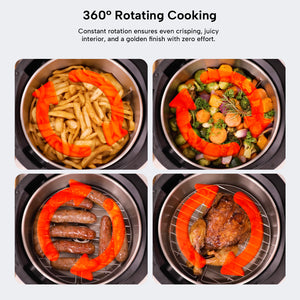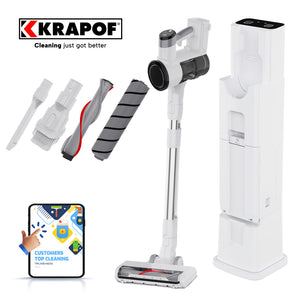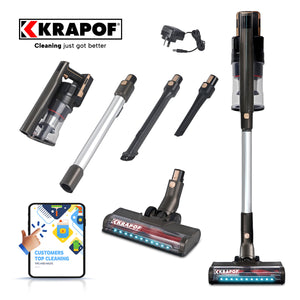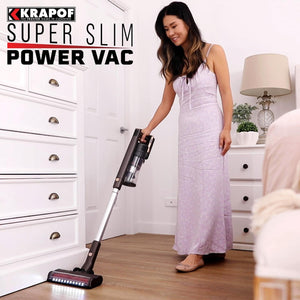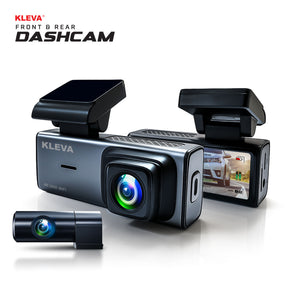According to the Australian Institute of Health and Welfare, 55 percent of Australians don’t meet the country’s physical activity guidelines.
Are you getting less than 2.5-5 hours of moderate activity or 1.25-2.5 hours of vigorous activity per week? If so, what’s holding you back?
A lot of people can’t get to the gym regularly right now, especially as COVID-19 continues to spread. However, there are still lots of ways for you to exercise and meet these requirements from the comfort of your own home.
If you’re ready to start (and stick to) a great at-home fitness routine, read on for some helpful tips for beginners.
Set Clear Fitness Goals
You might want to start working out at home, but you might also be having a hard time finding the motivation to do so.
If this is true for you, try writing down some specific fitness goals. This can help you find your “why” and get excited about exercising regularly.
From weight loss goals (“I want to lose 4.5 kilos before my birthday in March”) to strength goals (“I want to be able to do 10 push-ups on my toes by the end of the year”), there are lots of milestones you can work toward that will keep your head in the game.
Whatever goal you decide to set, make sure it’s specific, realistic, and has a clear end date. When your goals meet these criteria, you’re more likely to follow through and continue working toward them, even when the initial excitement of a new workout regimen has worn off.
Invest in the Right Equipment
You don’t need a ton of expensive equipment to exercise from home. In fact, you can make a lot of progress without any equipment at all. Exercises like push-ups, squats, lunges, and planks are all excellent equipment-free options that will get you stronger and leaner when done regularly.
If you do want to invest in some equipment, though, consider a multipurpose at-home fitness tool.
Products like the Circulation Cycle, for example, allow you to perform a wide range of exercises without having to purchase tons of different pieces for your home gym.
It doesn’t matter if you want to work on your cardiovascular health, strength, train, or both. This is a versatile choice that can be used in tons of different home workouts.
Start Slow
You’ve got some new equipment, new activewear, and you’ve finally followed through with clearing space in your apartment or house to do your workouts. You’re ready to hit the ground running and start exercising from home seven days per week, right?
Not so fast.
When you’re excited about a new fitness routine, you may want to dive in headfirst so you can see progress sooner. However, the problem with this approach is that it also increases your chances of getting burned out and giving up on exercising altogether.
Remember, it’s better to start slow and be consistent than it is to go all-in and then give up after a couple of weeks.
Consider starting with just two workouts per week. Then, after a couple of weeks, you can bump up to three and then four. This will help you build a habit of regular exercise and see longer-lasting results.
Schedule Workouts in Advance
It’s great to set a goal of doing a certain number of workouts per week. However, you should also make sure you’ve taken the time to write those workouts down in your calendar or put them on your to-do list for the week.
When you don’t treat your workouts like other appointments, it’s easy to put them off and say you’ll do them later when you’re less busy. For most of us though, our schedules never get less busy, and later quickly becomes never.
Find an Accountability Partner
If you have a hard time sticking to your workouts, you may need some outside accountability.
Consider asking a friend or family member to be the person you check in with after you’ve finished exercising for the day. If you don’t check in with them by a certain time, you’ll be met with some kind of consequence (you have to buy them coffee or take them to lunch, for example).
Often, even without an added consequence, simply knowing that someone is waiting to hear from you is enough of a push to get you off the couch and onto your exercise bike.
Fuel Your Fitness with Healthy Meals
Exercise is just one part of a healthy lifestyle — what you eat matters just as much. Cooking fresh, nutritious meals at home can help you recover faster, maintain energy, and stay motivated on your fitness journey.
If you’re looking to make meal prep easier and more enjoyable, explore our kitchen collection for practical tools that make healthy cooking simple and fun.
Think Outside the Box
At-home fitness doesn’t have to be complicated or time-consuming. If you have a super-busy schedule, you can even pair it with other tasks on your to-do list.
With tools like the Circulation Cycle Mini or the Circulation Activator, you can get your heart rate up and burn extra calories while you work or watch TV. Additionally, the Fast N Firm Pilates Power Bar + Resistance Bands For Full Body Workout At Home is an inexpensive way of feeling the burn in the comfort of your own home. This gear is great for busy people who love to multitask, as well as those who have mobility limitations and have a hard time with traditional at-home workouts.
Monitor Progress
Finally, don’t forget to monitor your progress. Use a journal or spreadsheet on your computer to easily see your improvements over time.
From tracking increases in the amount of weight you can lift to monitoring the number of reps you can do of a particular exercise, regularly making notes about your progress keeps you motivated and invested in your fitness journey, especially on days when you’re struggling or feel that you want to give up.
Time to Start Crushing Your Home Workouts
You might not be able to go to the gym, but that doesn’t mean you can’t still reach your fitness goals.
If you’ve been interested in starting an at-home fitness plan but weren’t sure where to begin, start by following these tips. They’ll get you in the right frame of mind to build a habit of regular exercise.
Be sure to check out our at-home fitness products, too. We have a wide range of options that would all make great additions to your home gym.
Image source: Unsplash

 Discounts are applied at checkout
Discounts are applied at checkout










